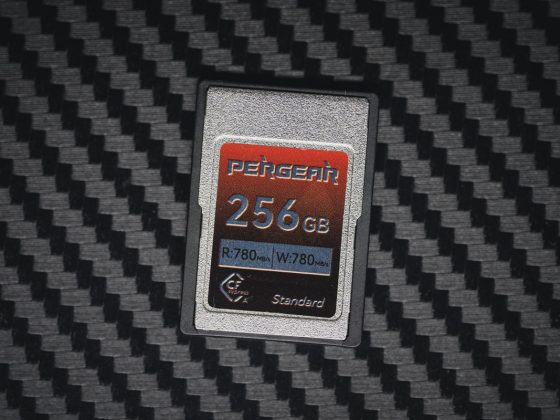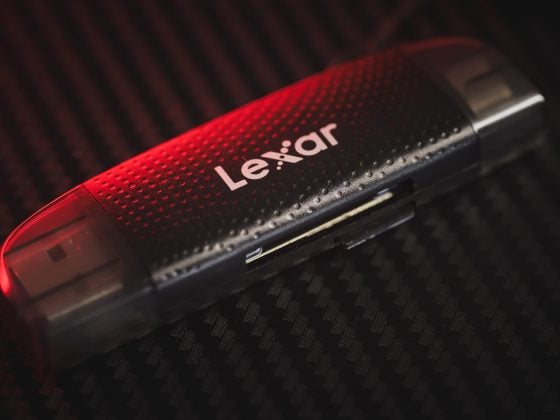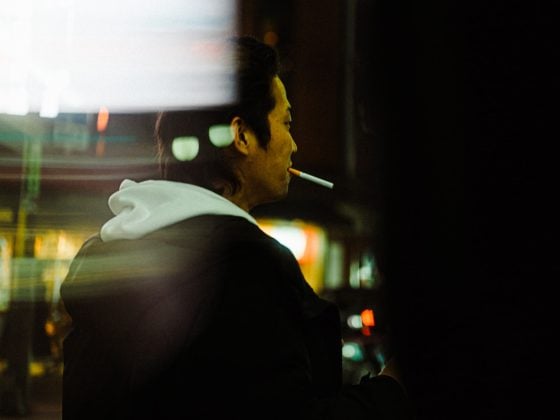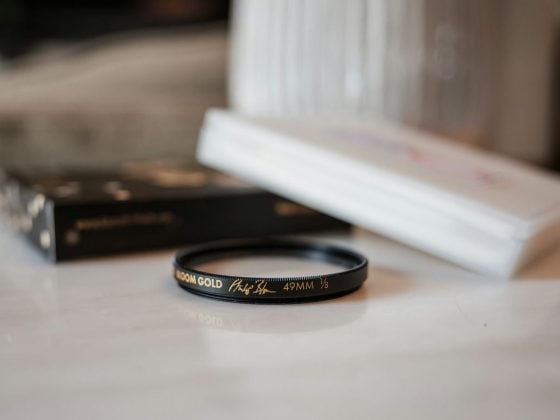After picking up a Canon 5D or any DSLR, you might notice that there are no built-in camera controls for shooting timelapse. Being new to timelapse photography, this was quite a quandary. So here is what I came up with.
Canon’s EOS Utility provides a tool for shooting continuous still images. An intervalometer, which plugs into your camera and has built-in remote shooting and timer functions, is another method for shooting timelapse without having to lug around your laptop.
Of course, these techniques work with almost all the Canon DSLRs that I know of, including the newer Canon 5Dmkiii, the Rebel T series, and the 60D and 7D.
Update:
Now that this post is over three years old, I’ve updated it with some exciting information. First, I recently installed a Magic Lantern camera hack on my 5Dmkii. Although I have not tested it yet, there is a built-in Intervalometer. I thought that was super cool. It also has various modes that automatically adjust the sunrise and sunset exposures. Installing this firmware in your camera requires a bit of ‘knowing what you’re doing.’ but the features it offers are very cool. And it’s free. I’ll test it out soon. It also allows you to expand your HDR capabilities 10-fold.
For the most part, I’ve still been using my intervalometer, which you can find below. I bought a cheap one that works great. My only complaint is that there is no built-in light, so you have to take a flashlight or iPhone with you.
I’ve also seen a few iPhone apps and cables that allow you to control your camera shutter this way. Looks cool.
I’ll write a full write-up on the Magic Lantern intervalometer as soon as I get a chance to test it out. You can follow me on Twitter, and I’ll eventually post it there. Alternatively, keep checking back here.
Here Is A List Of Shutter Remotes I Recommend
A few good ones are the TR-A Timer Remote Control Shutter for Canon Amazon (which I use), Cowboystudio Timer Remote Control Shutter for Canon Amazon, and Digital Timer Remote For Canon Amazon. The Canon, of course, is more expensive but of superior quality. They work great and will be essential for very long time lapses since most laptop batteries last only a few hours.
Using Canon EOS Utility
The other option mentioned was using the Canon EOS Utility. It has a pretty simple function that lets you set the number of frames and the time between shots. You just have to tether your camera to your computer to use it.
You can access this function by pressing the Stop Watch button. From there, it’s pretty straightforward.
Once you begin to shoot time-lapse, I recommend using all manual exposure settings to prevent the exposure from changing from shot to shot. If, however, you need some dynamic range, you can shoot in raw, allowing you to adjust your exposures in post.
The program I like for my time-lapse has been in After Effects. If you have it and know how to use it, it’s the best. All you need to do is import the folder and then export it to whatever format you need.
If you’re looking for a more detailed guide on how to shoot time-lapse, you might want to check out Philips Bloom’s Timelapse Basics.
| **This website contains affiliate links. We will earn a small commission on purchases made through these links. Some of the links used in these articles will direct you to Amazon. As an Amazon Associate, I earn from qualifying purchases. |




